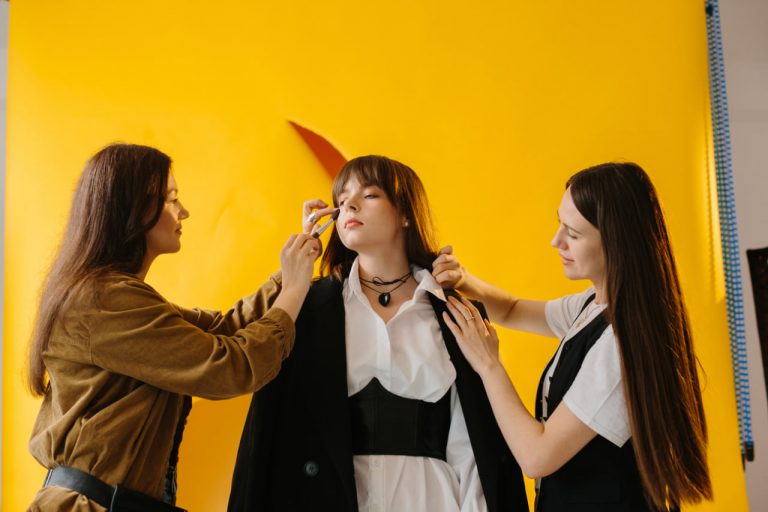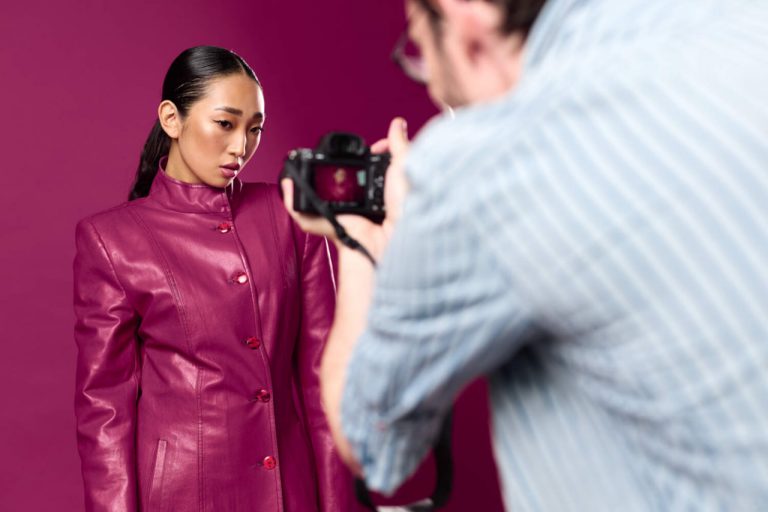Color is one of the most powerful tools in fashion. It has the ability to influence mood, highlight features, and communicate personality without saying a word. Understanding color theory—the study of how colors interact and the effects they create—can dramatically elevate your styling skills and boost your confidence. By mastering the art of color, you can create outfits that not only look harmonious but also express your unique identity and make you feel your best.
Color theory begins with the color wheel, a circular diagram that organizes colors into primary, secondary, and tertiary groups. Primary colors—red, blue, and yellow—are the foundation from which all other colors are derived. Secondary colors, like green, orange, and purple, result from mixing primaries. Tertiary colors are combinations of primary and secondary hues, offering a vast palette of shades and tones. Familiarity with the color wheel allows you to understand how colors relate and how to combine them effectively.
One of the fundamental concepts in color theory is color harmony. Harmonious color schemes create a balanced and aesthetically pleasing look. Some common color schemes include complementary, analogous, and monochromatic combinations. Complementary colors sit opposite each other on the color wheel—such as blue and orange or red and green—and create vibrant contrast that can make an outfit pop. Analogous colors sit next to each other, like blue, blue-green, and green, offering a more subtle and cohesive look. Monochromatic schemes use varying shades and tints of a single color, creating a sophisticated and unified appearance.
Knowing your undertone is essential when selecting colors that enhance your natural complexion. Undertones typically fall into three categories: warm, cool, or neutral. Warm undertones are complemented by earthy colors like browns, oranges, and yellows, while cool undertones shine in jewel tones like sapphire, emerald, and amethyst. Neutral undertones have the flexibility to wear a wide range of colors. Wearing colors that align with your undertone can brighten your face, give your skin a healthy glow, and boost overall confidence.
Color can also influence perception and emotion. For instance, red is often associated with energy, passion, and power, making it a great choice when you want to make a bold statement or exude confidence. Blue conveys calmness and reliability, ideal for professional settings or when you want to appear approachable. Yellow symbolizes happiness and creativity, perfect for casual and upbeat occasions. By understanding these associations, you can strategically select colors that align with the mood or impression you want to convey.
Incorporating color into your wardrobe can be done thoughtfully, starting with a neutral base. Neutral colors like black, white, gray, beige, and navy provide a versatile backdrop that allows brighter colors to stand out without overwhelming. For example, pairing a neutral blazer with a vibrant blouse or accessory can add visual interest while maintaining balance. This approach makes experimenting with color less intimidating and more manageable.
Accessories offer an excellent way to introduce color without committing to bold clothing pieces. Scarves, handbags, shoes, and jewelry in vibrant hues can transform a simple outfit and inject personality. Mixing textures and patterns with complementary colors adds depth and creativity, showing your styling savvy and attention to detail.
Layering colors thoughtfully can create dimension and make an outfit feel more polished. Using the 60-30-10 rule is a helpful guideline: 60% of your outfit should be the dominant color, 30% a secondary color, and 10% an accent color. This ratio ensures a well-balanced and visually appealing look. For example, a navy dress (60%) paired with a soft pink cardigan (30%) and gold accessories (10%) creates a harmonious ensemble that is easy on the eyes.
Seasonal color analysis can further refine your choices. This method categorizes individuals into seasonal palettes—Spring, Summer, Autumn, and Winter—based on their skin tone, hair, and eye color. Each season has a recommended range of colors that naturally complement the individual. Knowing your seasonal palette helps in building a cohesive wardrobe where pieces mix and match effortlessly while enhancing your natural beauty.
Confidence gained through color comes from feeling seen and expressing authenticity. When you wear colors that resonate with your personality and complement your appearance, you naturally stand taller and project positive energy. Experimenting with color might feel daunting at first, but with practice, it becomes a joyful part of your personal style journey.
Incorporating color theory into your daily styling routine doesn’t require drastic changes. Start small by adding a colorful scarf, swapping out neutral shoes for a bold pair, or layering a brightly colored top under a classic jacket. Over time, these small choices build into a wardrobe full of thoughtfully coordinated outfits that reflect your evolving style.




